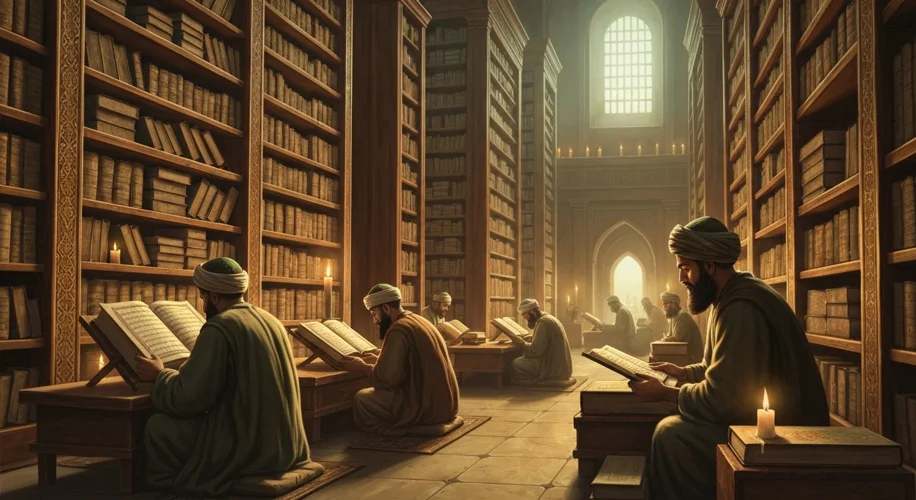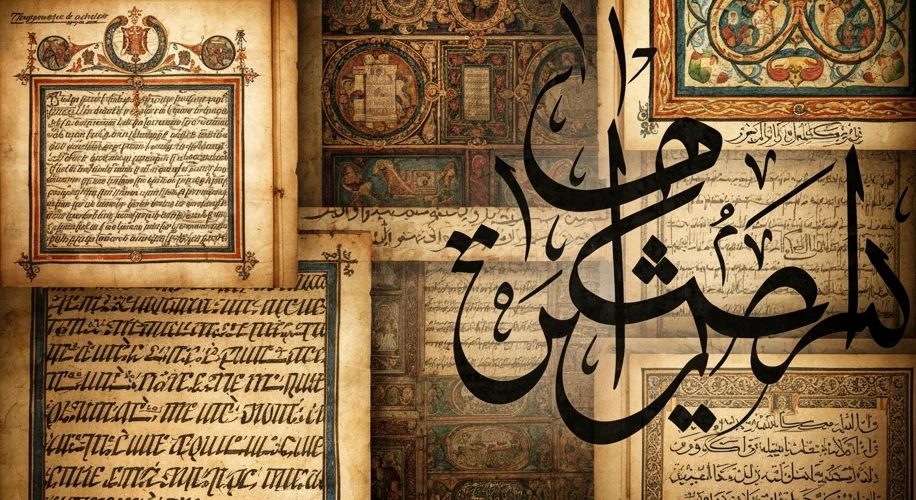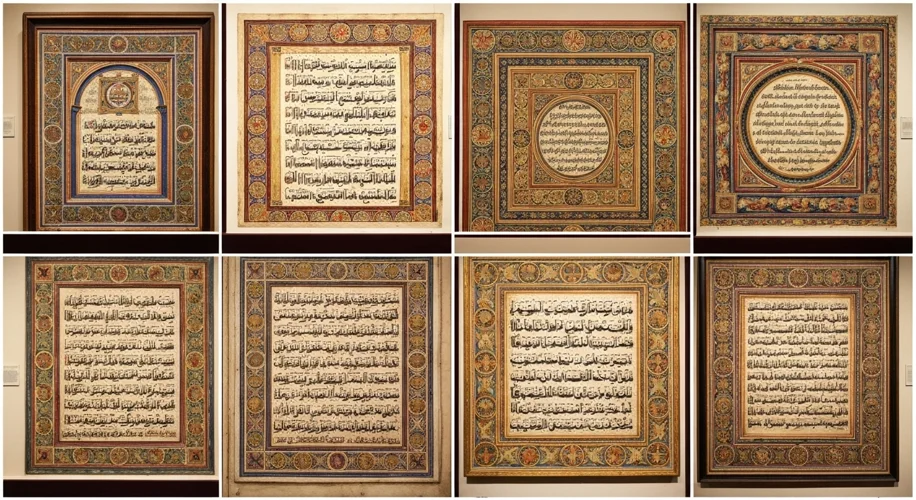Imagine standing at the crossroads of history, where the very fabric of communication begins to fray. For centuries, the Latin tongue, carried across vast territories by the Roman legions, served as a unifying force. Yet, as the Roman Empire crumbled, so too did the linguistic uniformity it had fostered. Across the fragmented lands of Europe, Latin began its slow, inevitable metamorphosis, branching into the diverse Romance languages we know today: French, Spanish, Italian, Portuguese, Romanian, and more. But what of Arabic? While Latin fractured, Arabic, born from the arid heart of the Arabian Peninsula, largely maintained a remarkable degree of unity, evolving into a family of dialects but retaining a powerful, cohesive classical form. How did these two great linguistic legacies diverge so dramatically?
Let us rewind to the Roman Empire, a colossal entity that stretched from Britain to North Africa. Latin, the language of administration, law, and trade, was the lingua franca. However, spoken Latin – Vulgar Latin – was never a monolithic entity. Regional variations, influenced by pre-Roman substratum languages and local customs, were already present. When the empire’s iron grip loosened in the 5th century CE, these nascent differences were amplified. Without the central authority to enforce linguistic standards, and with increased local autonomy and interaction with Germanic and other languages, Vulgar Latin in each region began to chart its own course.
Consider Italy, the heartland. Here, the influence of local dialects and subsequent invasions by Lombards and others shaped Italian. In Gaul, Frankish and Celtic influences molded Vulgar Latin into Old French. The Iberian Peninsula, exposed to Visigothic and later Arabic influences, saw the birth of Spanish and Portuguese. Each region developed its unique phonetic shifts, grammatical structures, and vocabulary, driven by its specific historical and social environment. This political fragmentation meant that communities became more isolated, their linguistic innovations less likely to be shared or standardized across vast distances.

Contrast this with the rise of Arabic. The explosion of Islam in the 7th century CE, spearheaded by the Prophet Muhammad, was not merely a religious or political revolution; it was a cultural and linguistic one. The Quran, revealed in classical Arabic, became the ultimate linguistic authority. Its poetic beauty and perceived divine origin imbued it with immense prestige and a unifying power unmatched by secular texts.
As the Islamic Caliphates expanded, they spread not only Islam but also the Arabic language. While local dialects inevitably emerged, influenced by Persian, Greek, Coptic, and Berber languages, the classical Arabic of the Quran and the administrative language of the Caliphate provided a strong, unifying standard. The scholarly and religious centers, like Baghdad and Cordoba, actively promoted this classical form. The Haj, the pilgrimage to Mecca, also played a crucial role, bringing Muslims from diverse regions together and fostering a shared linguistic experience in prayer and ritual.

Several factors illuminate this divergence. Firstly, political fragmentation played a pivotal role for Latin. The collapse of Roman authority allowed regional linguistic evolution to flourish unchecked. For Arabic, the sustained political and religious unity of the early Caliphates, followed by the enduring prestige of classical Arabic, acted as a powerful centripetal force. Secondly, cultural and religious authority differed significantly. While Latin had its literary and administrative prestige, it lacked a single, universally revered text. The Quran, however, provided Arabic with an unparalleled unifying anchor. Its meticulous preservation and veneration ensured that classical Arabic remained a high-status language, influencing even the most divergent spoken dialects.
Furthermore, the nature of cultural influence varied. Romance languages absorbed influences from the various peoples who settled or conquered their respective regions. Arabic, while not immune to external linguistic contact, maintained its core structure and prestige, often incorporating foreign words into its existing framework rather than allowing them to fundamentally alter the language. Think of the influence of Germanic languages on French, or Celtic on Spanish, versus how Arabic integrated Persian or Turkic vocabulary.
The consequences of these divergent paths are profound. The multiplicity of Romance languages fostered distinct national identities and literatures, contributing to the rich tapestry of European cultures. Each language carries within it the echoes of its unique history, its triumphs, and its struggles.

Arabic, on the other hand, facilitated a broader sense of cultural and intellectual unity across a vast geographical expanse for centuries. The ability for scholars and merchants to communicate in a relatively standardized form of Arabic allowed for the rapid dissemination of knowledge and cultural exchange throughout the Islamic world. While spoken Arabic dialects today exhibit significant variation, the classical form remains a potent symbol of shared heritage and a continuous thread connecting diverse Muslim communities.
In essence, the story of Latin and Arabic is a powerful testament to how language is not merely a tool of communication but a living entity, shaped by the ebb and flow of empires, the weight of cultural and religious authority, and the very human need to express identity. One splintered under the force of fragmentation, the other coalesced around a sacred text and a shared vision, creating two vastly different, yet equally compelling, linguistic legacies that continue to resonate through the corridors of history.

